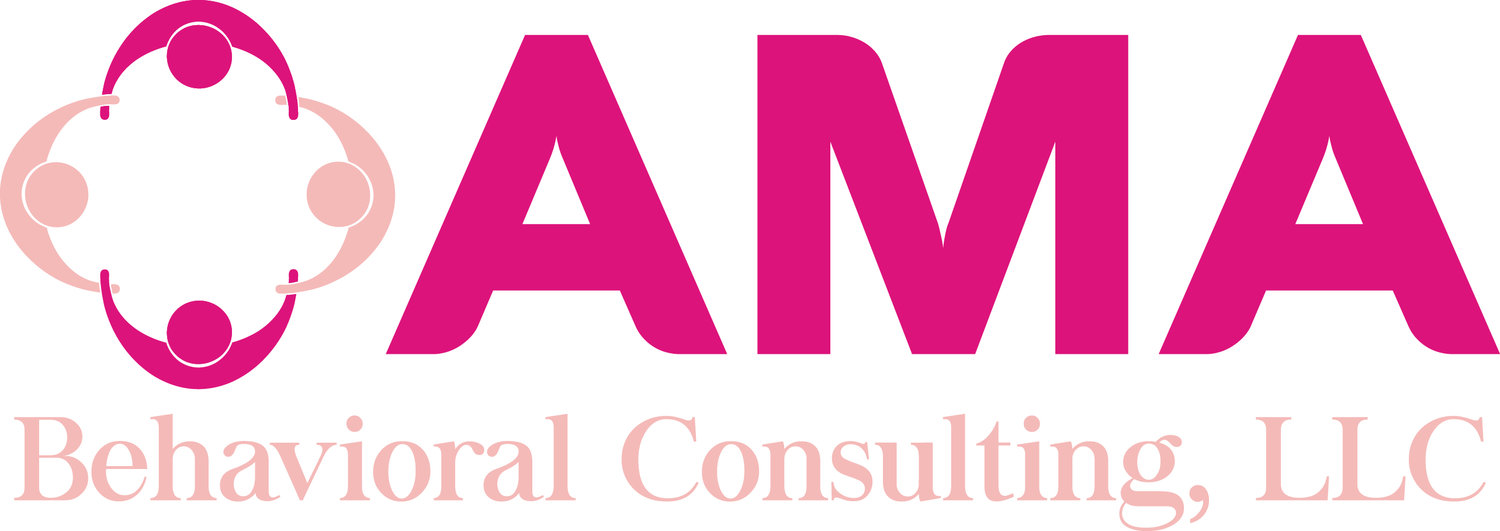How to use ABA techniques to conquer your New Year goals
/As the saying goes: New Year, New Me! But it’s February and maybe we’ve already fallen off track. On a serious note, how many of these goals do we actually meet when the year comes to an end? Most of the time, we don’t even remember what our goals were for the previous year! This article will review how to use ABA to conquer your new goals. Applied Behavior Analysis (ABA) studies behaviors and the environmental variables that contribute to these behaviors continuing to occur or not occurring at all. Follow these steps to ensure that you are able to reach your goals using ABA techniques:
Setting clear and objective (measurable) goals: describing in detail what we wish to accomplish and what constitutes meeting this definition. An example could be “I will go to the gym 3x a week”.
Values are very very important when selecting goals! Knowing WHY we want to make a change will help in the times that we begin to find ways to escape from the task. As an example, my family history includes lots of unhealthy habits and as a result, higher medical stats which decreases quality of life. As a result my WHY for being active includes to create a legacy for my family of healthier living.
Take data on your behavior: As behavior analyst, we LOVE analyzing data to see why behaviors are/are not occurring. This application when completing it on oneself is called self-management: the personal application of behavior change tactics that produces a desired change in behavior (Cooper, Heron, Heward, 2007). By taking data on the behaviors outlined as your goals, you can determine if these goals are being met and why/why not this system is/is not working.
Review your data! If your designed plan is not working, begin to review what variables may be contributing to not reaching these goals. If the goal is to workout 3x a week but the gym is 30 minutes away with traffic, the response effort to attend the gym and sit in traffic may be too high and thus inhibit the motivation to complete the workout. You can find a closer gym or try completing at home workouts instead.
Note: A fun way to track this is through free printables like this one here.
Make antecedent and consequent manipulations: Changing the environment to facilitate behaviors occurring at higher frequencies is called antecedent manipulations. An example of this could be to set out your workout clothes the night before to decrease the hassle of getting ready early in the morning. You could even set our your measured pre-workout and water for a quick mix in the morning. Consequent manipulations are also extremely important! Create a reward system for yourself if having a system like this in motivates you to keep doing it! An example could be: If the contingency is to to work out 3x/week for a month then you can allow yourself to get a new piece of gym equipment or a new pair of sneakers. This technique is also called the Premack Principle or “Grandma’s Rule”: If a contingency is met then a reward is received.
Find an accountability partner: Some of our “love language” is attention which can be provided in various forms including praise. By having an accountability partner, this person will be able to provide you with that praise you may enjoy receiving and also redirect you to your goals if you fell a little off track.
These techniques can be used in all scenarios of either increasing or decreasing behaviors. As discussed above, it is extremely important to take data and review measurable goals to determine what is/is not working and meet your 2022 goals!
References:
Cooper J.O, Heron T.E, Heward W.L. Applied behavior analysis (2nd ed.) Upper Saddle River, NJ: Pearson; 2007.


